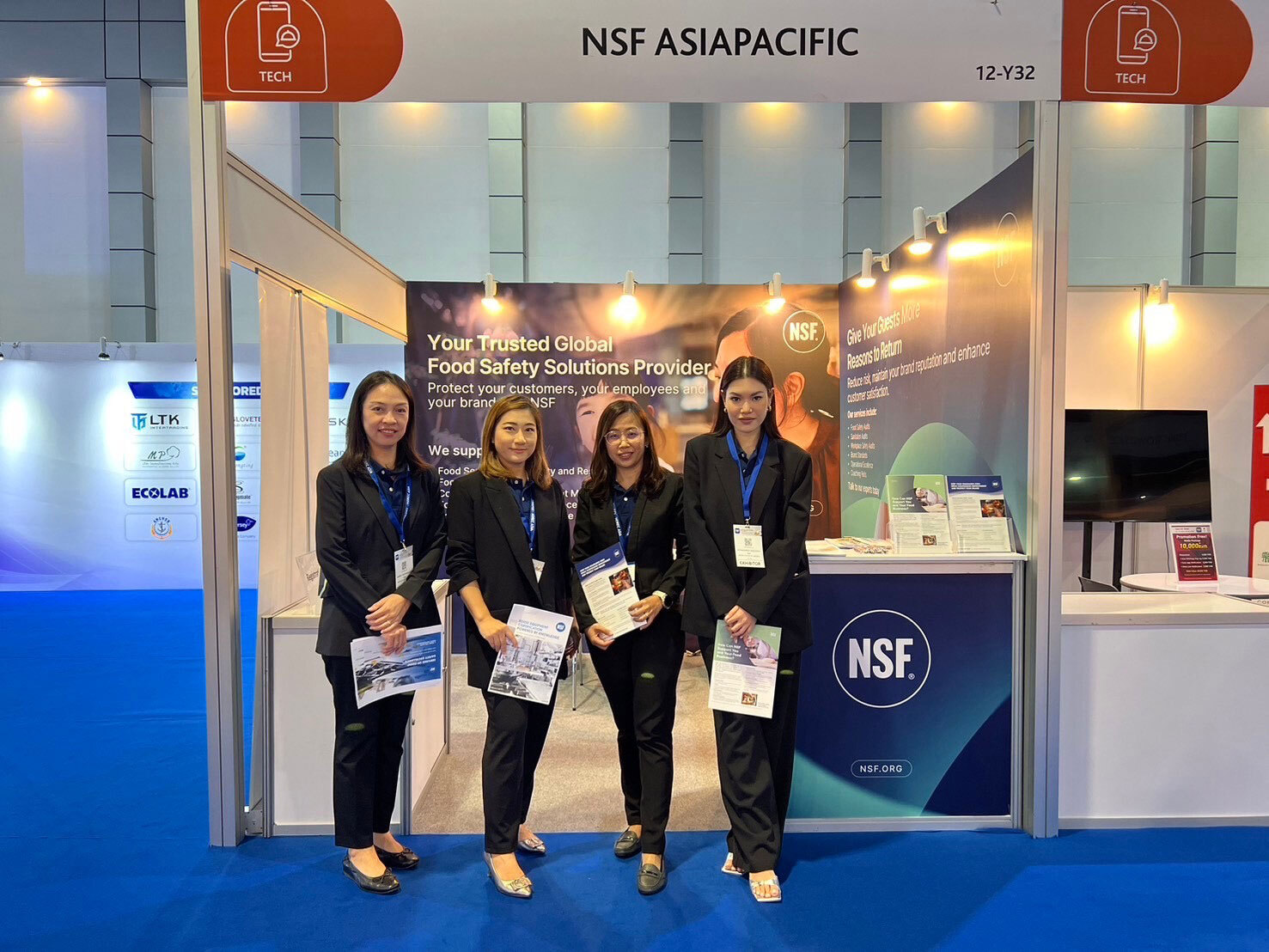February 2023 Pharma News Update

FDA Drug Inspection Changes
On December 29, 2022, President Biden signed into law the fiscal year 2023 appropriations bill. This provides financing for several changes to the U.S. FDA’s drug manufacturing inspection program.
Regional Risks
The FDA must now adjust each facility’s inspection priority ranking based on the compliance history of other establishments in its country or region.
Unannounced Foreign Inspection Pilot
Historically, the FDA has not announced domestic surveillance inspections but has announced foreign ones for logistical and other reasons.
The pilot will evaluate:
- How foreign inspection findings differ depending on whether they are announced.
- How the costs and benefits compare for announced and unannounced foreign inspections.
- Barriers and challenges to achieving parity abroad with unannounced domestic inspections.
- Ways to mitigate the negative effects of unannounced foreign inspections.
Remote Inspections
The spending bill revises the FD&C Act Section 704(a)(4) remote records review provision such that the FDA may inspect records and other information remotely rather than conduct on-site preapproval inspections and surveillance inspections, or to resolve deficiencies identified during inspections.
Broadening of Mutual Reliance
The spending bill revises Section 809 of the FD&C Act (21 USC 384e) to authorize reliance on foreign authorities not just for risk-based but also for preapproval inspections.
The bill requires information sharing on inspection and review activities related to mutual-recognition agreements with foreign authorities, with information broken down by regions of interest, including China, India, the EU and the UK.
Enhanced Internal Coordination
The bill provides for enhanced coordination and transparency among field investigators and staff of CDER’s Office of Compliance and drug shortage program.
Keep Your Skills Up to Date With NSF Training
Public health and safety standards around the world are continually evolving. Make sure that you and your team are keeping up to date with the latest changes in legislation and regulations by participating in training with NSF experts.
EMA Q&A on Nitrosamines, Revision 14
Less than two weeks after the publication of revision 13 of the EMA Q&A on nitrosamines, revision 14 was published on December 22, 2022. This revision updates three Q&As — 20, 21 and 22 — which deal with what happens if a nitrosamine is found that exceeds the acceptable intake (AI) limits:
- Q&A 20 adds a statement regarding the use of temporary AIs or interim limits during CAPA implementation.
- Q&A 21 adds a statement that “… where interim limits higher than 178 ng/day were evaluated and agreed by the lead authority as part of the assessment, no changes to these limits are expected to avoid potential shortages. If the previously established limits are lower than 178 ng/day, the MAHs can request these limits to be changed to the t-AI of 178 ng/day.”
- Q&A 22 has a long addition stating that “… to avoid unnecessary risk of supply disruptions, a harmonised approach promoting the establishment of interim limits in a streamlined way is agreed. The approach is applicable to all authorised products that have:
- A duration of treatment not exceeding 10 years.
- A CAPA implementation timeline of up to three years from the establishment and publication of the AI (nevertheless MAHs are expected to expedite CAPA implementation).”
Stay Up to Date With the NSF Pharmaceutical Legislation Subscription Service
The pharmaceutical regulatory update service provides you with 12 months of updates of changes to legislation and guidance that have the potential to impact the manufacture and distribution of medicinal/drug products. A full update for the past year and a summary of what is new each quarter will be provided in February, May, September and late November. This service is approved by the Royal Society of Chemistry as suitable for its members’ continuing professional development (CPD).
Subscribe to Our Monthly Newsletters
Complete your details below to receive the newsletter.
Share this Article
How NSF Can Help You
Get in touch to find out how we can help you and your business thrive.

What’s New with NSF

NSF Shanghai Named Critical Site for NSF/ANSI 455 and NSF/ANSI 173 by ANSI National Accreditation Board
July 26, 2024
NSF Takes Center Stage at NEHA Annual Education Conference
July 25, 2024
NSF Asia Pacific Showcases Hospitality Solutions at THAIFEX HOREC Asia 2024 in Bangkok, Thailand
July 4, 2024